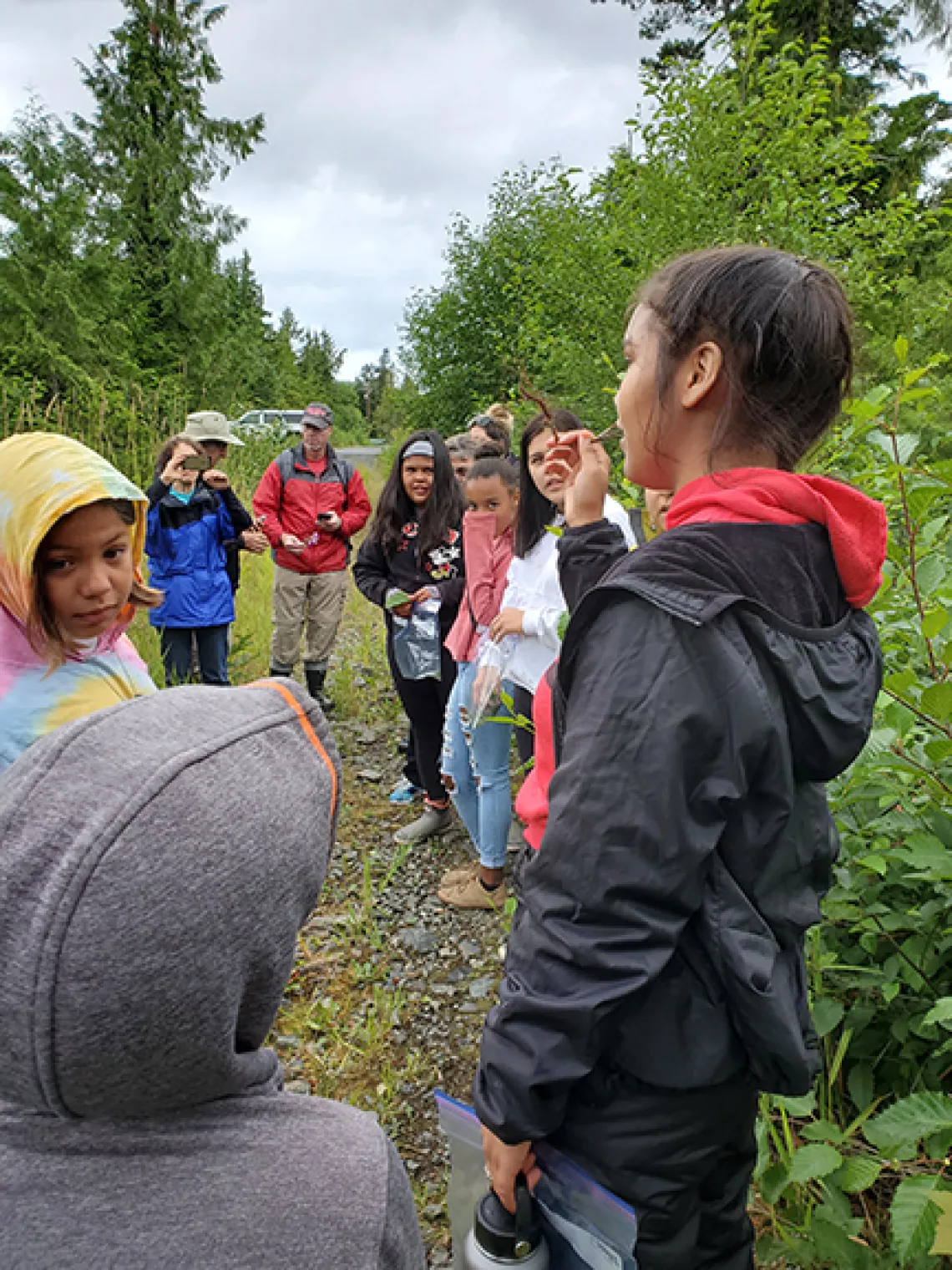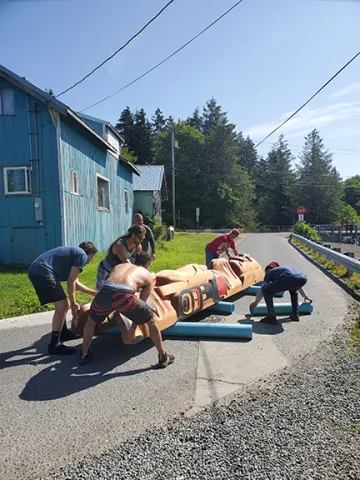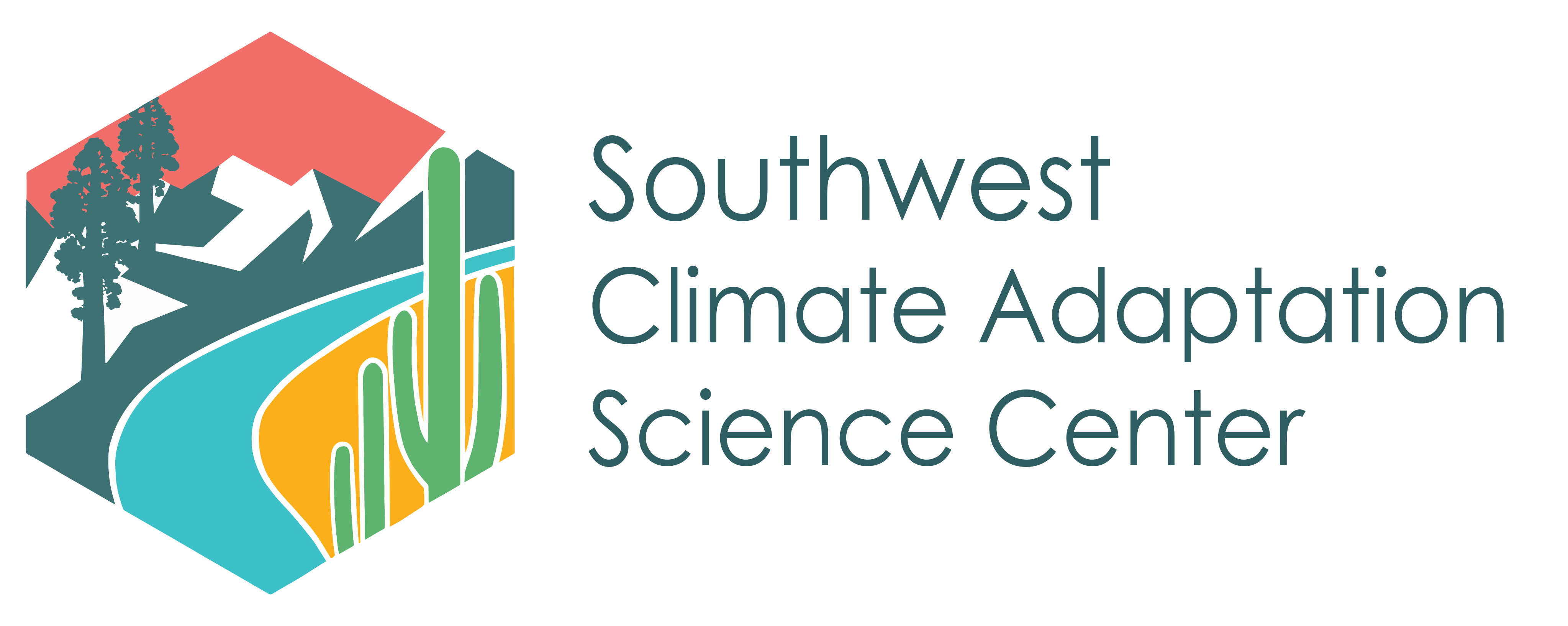Honoring the Whole Student

Althea Walker, the American Indian Higher Education Consortium Tribal Climate Science Liaison at the Southwest Climate Adaptation Science Center, participates in the project, Honoring the Whole Student: Developing Good Practices for Supporting the Intersectionality of Diverse Undergraduate Students in Geoscience.
Higher education often focuses on only one identity of our youth without regard for the identity of the whole student. This over-simplified view of identity leaves diverse youth feeling isolated because their identity is not fully understood, recognized, or supported.
There are many strong and beautiful identities that our youth share with the world, but what stuck with me from this experience is the cultural identity of our Indigenous youth and the strengths of knowing and practicing their cultures.

Our Indigenous youth hold so much Indigenous knowledge, and it is such a beautiful thing to witness and experience. I was given the privilege of participating in the project, Honoring the Whole Student: Developing Good Practices for Supporting the Intersectionality of Diverse Undergraduate Students in Geoscience. As a part of this, I traveled to Hydaburg, Alaska, to further engage with Alaskan Native Youth and Communities who I’ve grown to know over the years to think deeper about what makes our Indigenous youth so unique. Although an Indigenous youth myself who grew up on reservation boundaries, I found so many ways in which I was envious of the Indigenous youth in Hydaburg living off the land, learning from the land, connecting with the land, and being one with the land. I remember one night I watched a group of young men walk down the street along the creek towards the longhouse, towards the water, and I felt so envious of them. I wish my nephew who lived in west Phoenix could walk with them; that he could fish for fresh fish with them and have no worries, no influences of the Western world. I also found myself in awe of the youth from Hydaburg who led us on a plant walk; who taught us so much about certain plants, the wildlife in the area, the cultural significance of the plants and animals, sustainable harvesting, and so much more. They had a connection to that land, to that classroom, and it doesn’t compare to anything I’ll ever witness in a traditional classroom.
During this project, this experience, there was so much to admire about our Indigenous youth. For our students to be successful, we need to acknowledge their strengths and resiliency. Our Indigenous youth have hundreds of years of resiliency running through their blood, and this is because of their cultures, their traditions, and everything their ancestors endured for them to be here today. Let’s acknowledge the whole identity of our students, because when we acknowledge their authenticity, their potential is given the opportunity to thrive.

